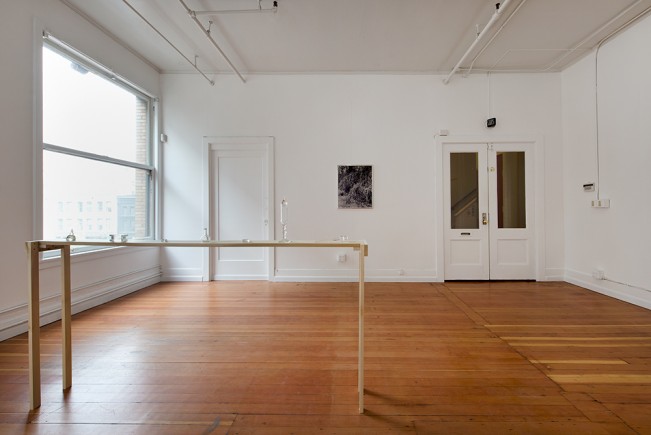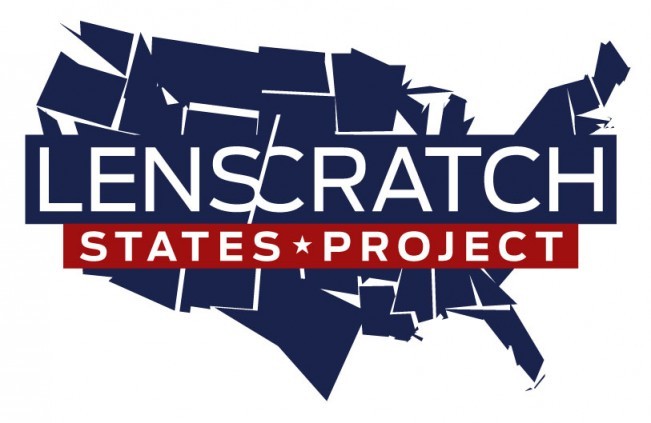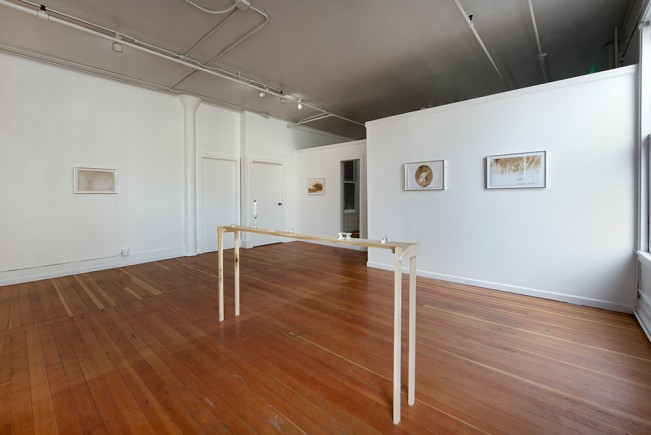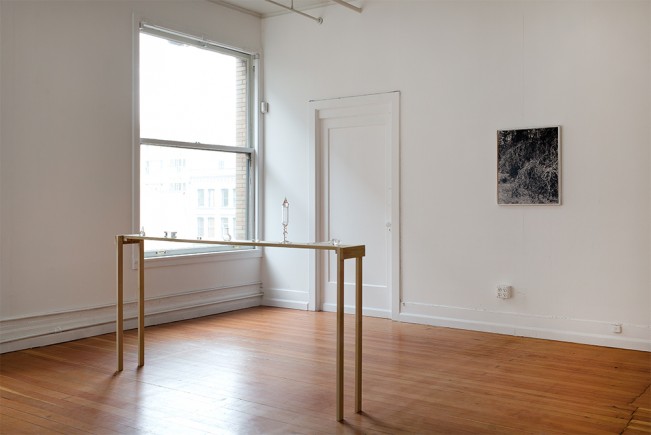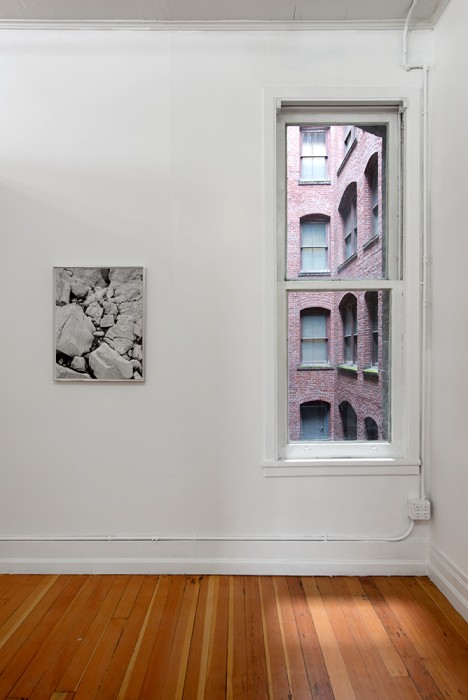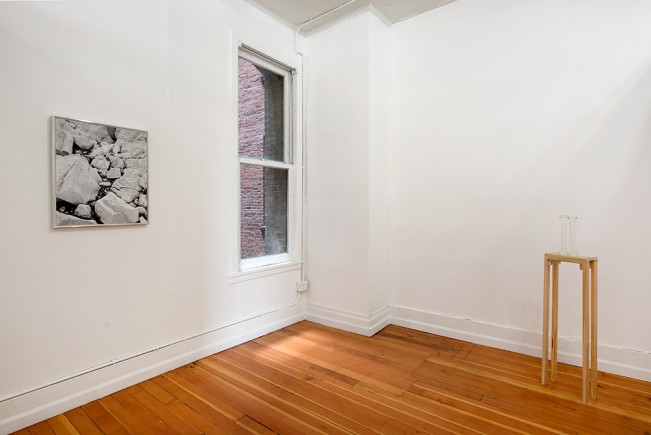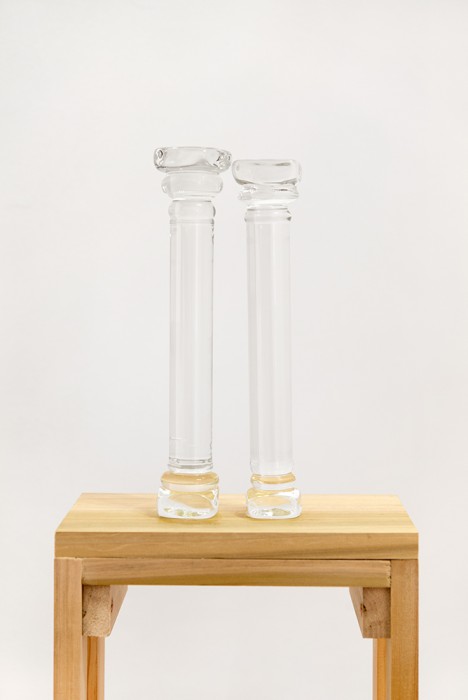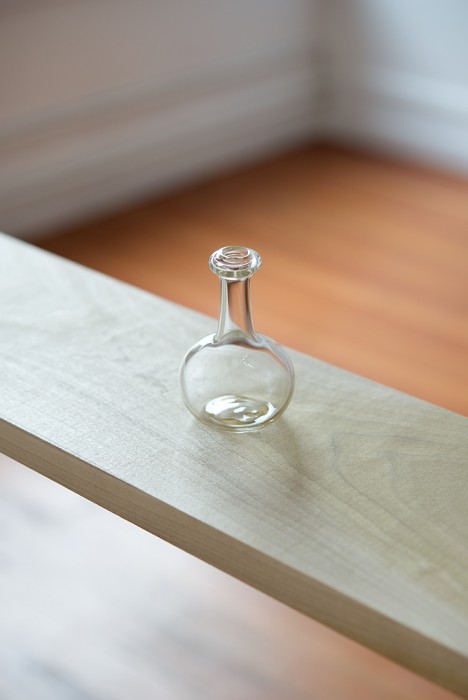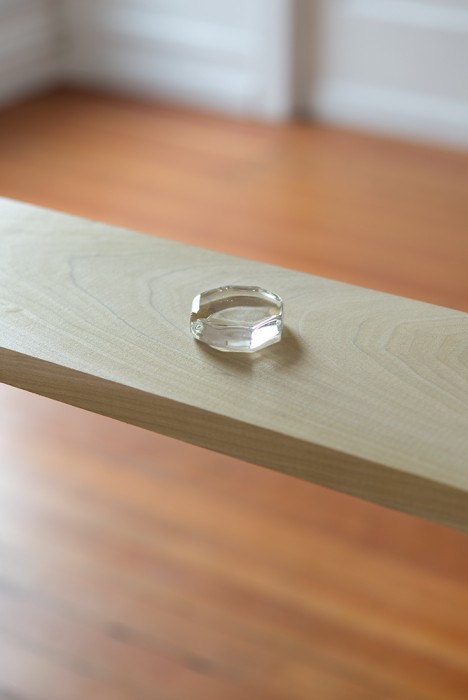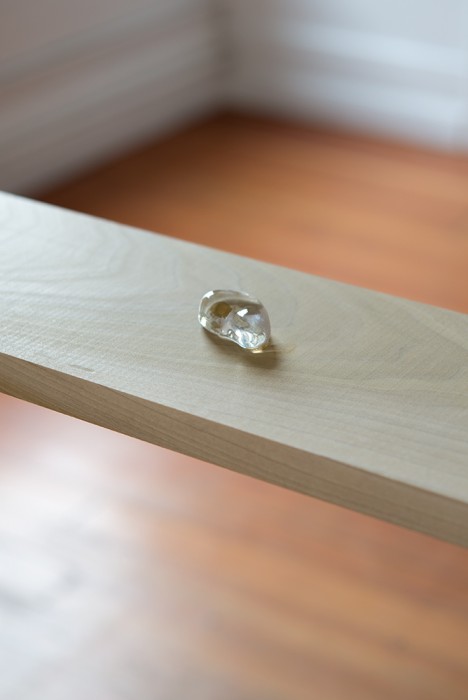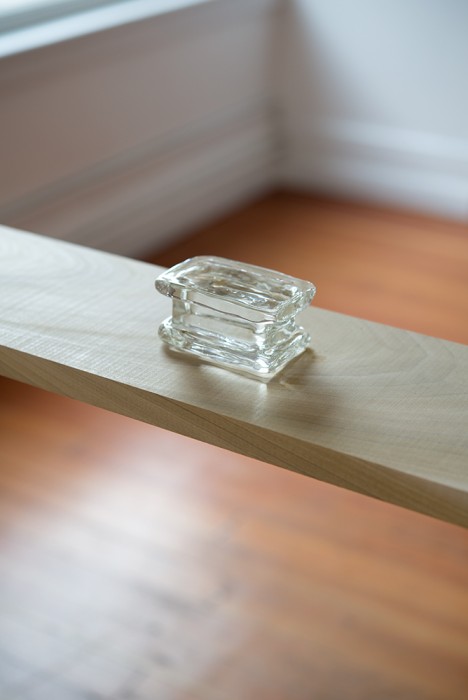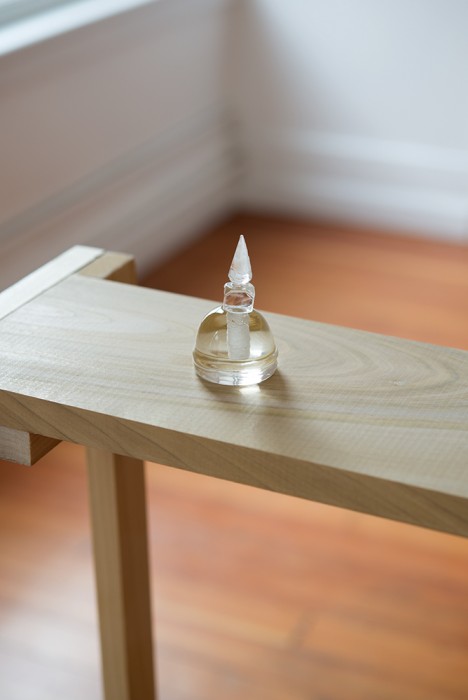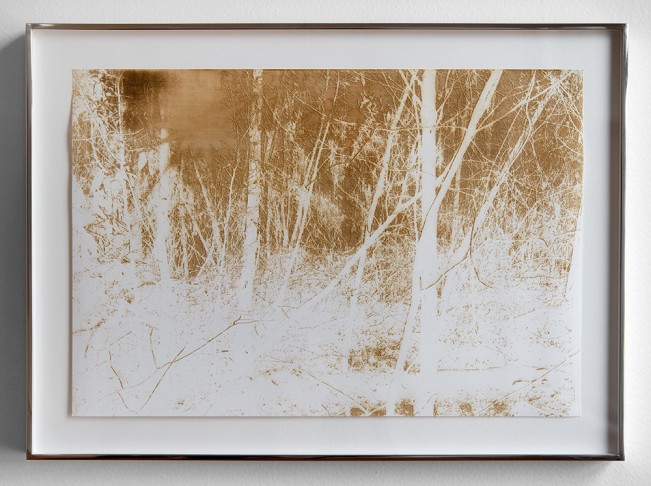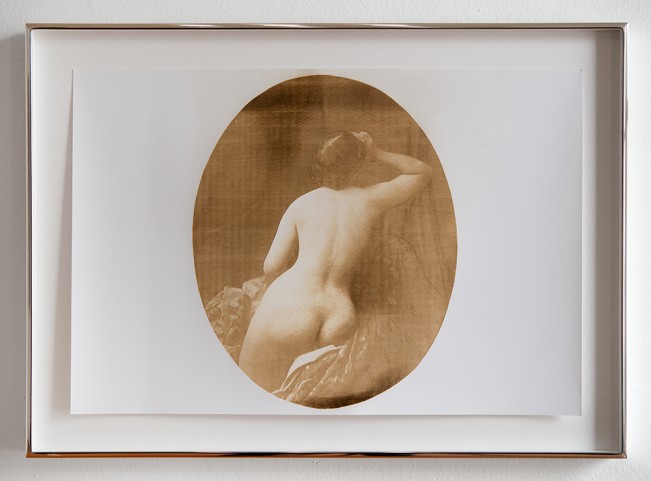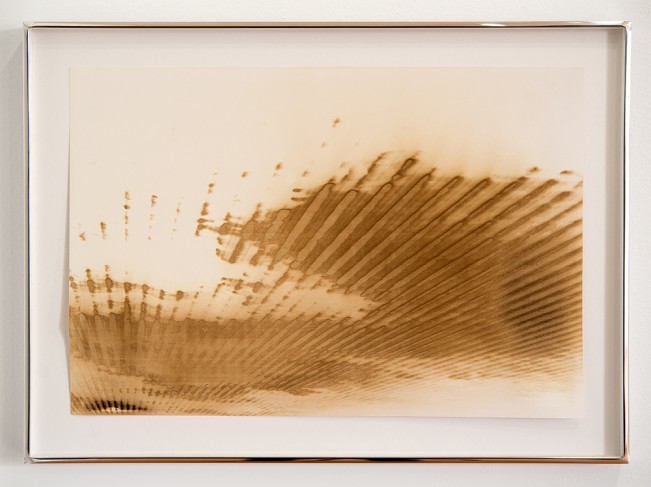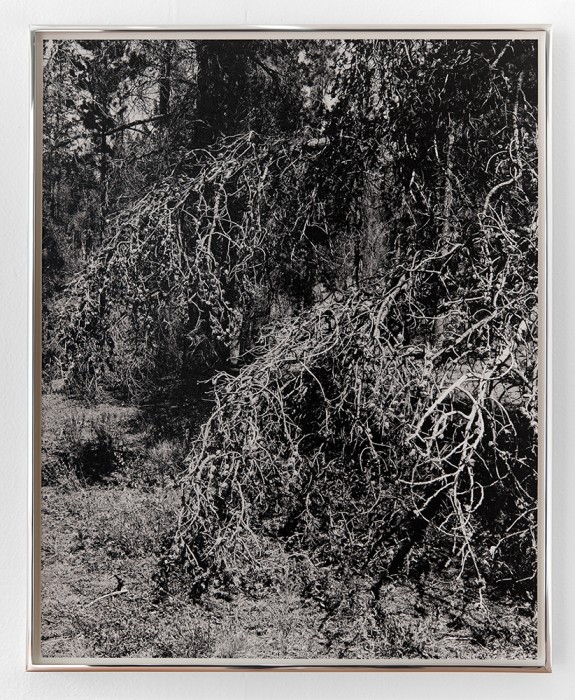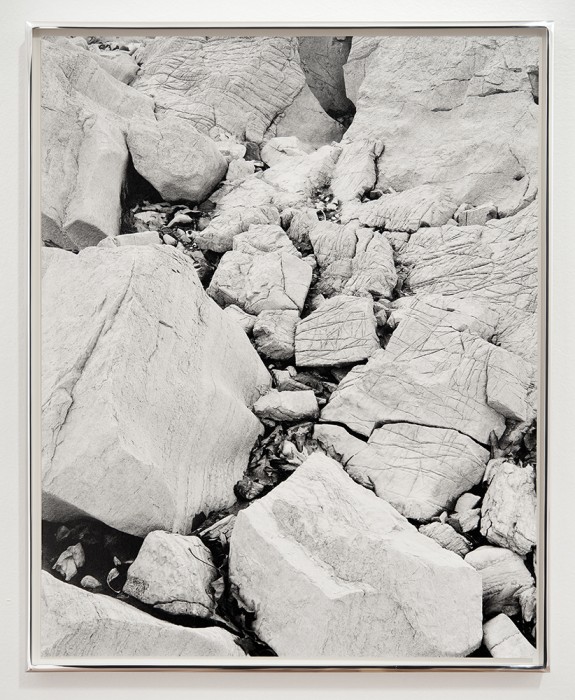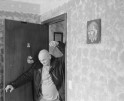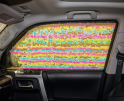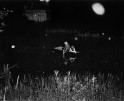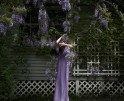Justin James Reed: The States Project: Virginia
Justin James Reed is someone I’ve looked up to since I was in graduate school. His work is smart and most elegantly crafted. He is continually redefining himself as an artist, making choices that make sense for his current interests and projects, rather than sticking to a previous formula. I feel a similar draw to this sort of thinking, and Justin is a great inspiration for it. Justin is an exquisite bookmaker/publisher, and his work has been exhibited throughout the world. He is an Assistant Professor in the School of Arts at Virginia Commonwealth University.
Justin James Reed (b. 1980, United States) is based in Richmond, Virginia. His work and artists’ books have been exhibited widely, including at Higher Pictures in New York, Carroll and Sons in Boston, Arnhem Mode Biennale in Arnhem, Depot II Gallery in Sydney, Lille DSV in Copenhagen, and the Maison d’art Bernard Anthonioz in Nogent-Sur-Marne. His work is held in numerous collections, most notably the Library of Congress, Yale University Art Gallery, the New York Public Library, and MoMA Library. Justin is co-publisher at Brooklyn-based Horses Think Press and an Assistant Professor at Virginia Commonwealth University, School of the Arts.
Shining Bodies
(press release from Melanie Flood Projects)
Bringing together multiple aspects of his practice Shining Bodies continues Reed’s exploration of the experiential nature of photographic based imagery and the boundaries of time through a series of new glass works, laser etching on paper, and black & white photographs.
Reliquaries, historically used as containers for holy ephemera of religious institutions, often provide framing and context for the items they encapsulate. Through the re-presentation of these objects, and by divesting them of their contents and original significance, Reed draws our attention to what they represent as an idea; a method of bringing theoretical beliefs into being and ascribing mystical powers to objects. The reliquaries were chosen by Reed for their formal and sculptural qualities. In medieval thought, obtaining knowledge through aesthetics was a common approach. Here works primarily allude to meaning through the ethereal qualities of glass and in relation to the photographic based imagery which comprise the rest of the exhibition.
Reed’s photographic works further conflate ideas of past, present, real, and perceived. Experimentation with alternative printing processes is an underlying current in his practice. Pieces created from the emerging field of laser etching continue Reed’s material studies and investigations into the possibilities of new technologies. By burning away minute layers of paper, an image is slowly uncovered. Recalling ancient papyrus and the traces of fire required to create them, these works are somehow lost to the present, yet have no place in the past. A pair of black & white photographs are the final component of the exhibition. Drawn from Reed’s investigation into the sensorial qualities of the medium itself, they are at once highly representational, but remain abstract and cryptic.
Through this exhibition Reed asks us to consider how meaning is constructed. By leaving open the possibilities of interpretation and provenance, the space for the objects in this exhibition to reveal themselves is created.
Your work has grown increasingly dynamic, crossing over into many different mediums. Do you consider yourself a photographer?
I try not to think too much about my work in terms of medium specificity. There is a range of modes and vehicles for expression, and I use the materials that best express my ideas. However, with my background and training primarily in photography, it is the medium I feel the most kinship with and is often incorporated into my work in one way or another. I tend to think of this as a kind of photographic logic. Meaning the nature and principles of photography, as I see them, are at the core of my practice regardless the outcome.
As a photography educator, and someone who was traditionally trained as a photographer, what do you have to say to those who find limitations within the medium of photography?
I believe that photography offers some of the most exciting territory to explore ideas with. It is a medium that is used by almost every single person, every single day. It is interesting to think of and expand upon its implications and meaning. The challenges of trying to work within this crowded field are one of the biggest drivers of my work. Also, it is crucial to consider how a given medium is going to best assist in realizing your ideas. Perhaps it is not photography itself that is limiting; maybe it is just not the best tool for a given body of work.
If you could sit down and grab a beer with anyone regarding the implications of your work, who would that be and what would you hope to get out of that conversation?
It would have been a wonderful opportunity to meet the artist Robert Smithson. His work and writing have had an enormous impact on me, and I wish I could have known him personally.
Posts on Lenscratch may not be reproduced without the permission of the Lenscratch staff and the photographer.
Recommended
-
Jake Corcoran in Conversation With Douglas BreaultAugust 10th, 2025
-
Smith Galtney in Conversation with Douglas BreaultDecember 3rd, 2024
-
Jordan Eagles in Conversation with Douglas BreaultDecember 2nd, 2024
-
Interview with Peah Guilmoth: The Search for Beauty and EscapeFebruary 23rd, 2024
-
In Conversation with Cig Harvey: Beauty, Books, and InstallationFebruary 21st, 2024

